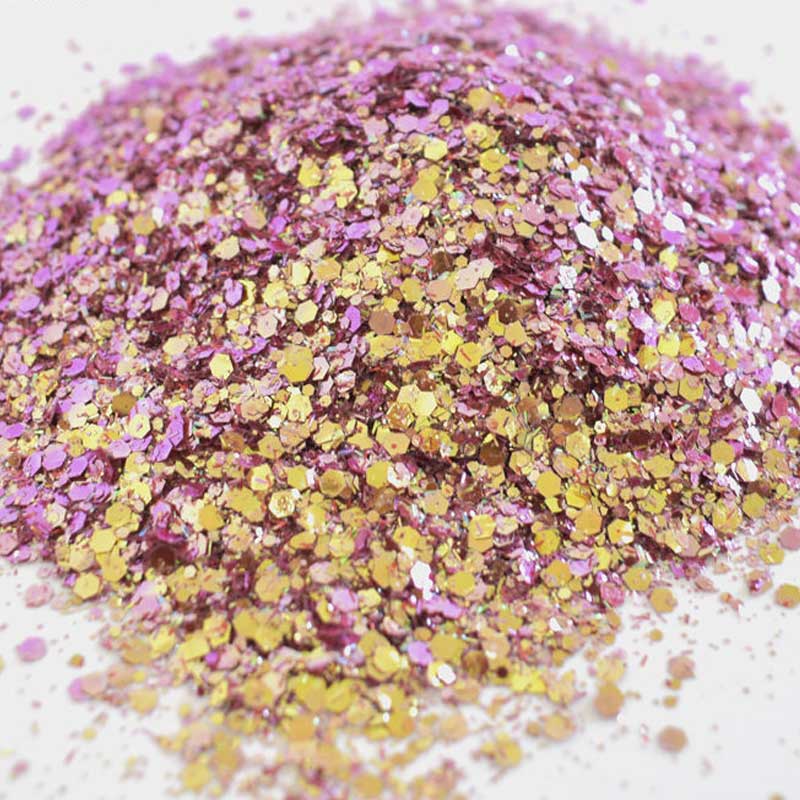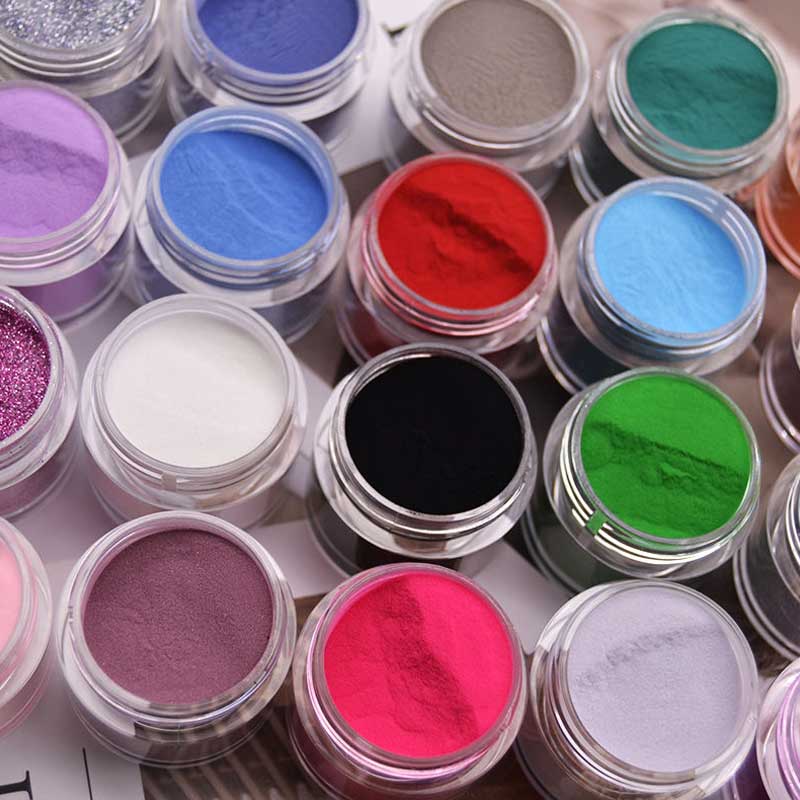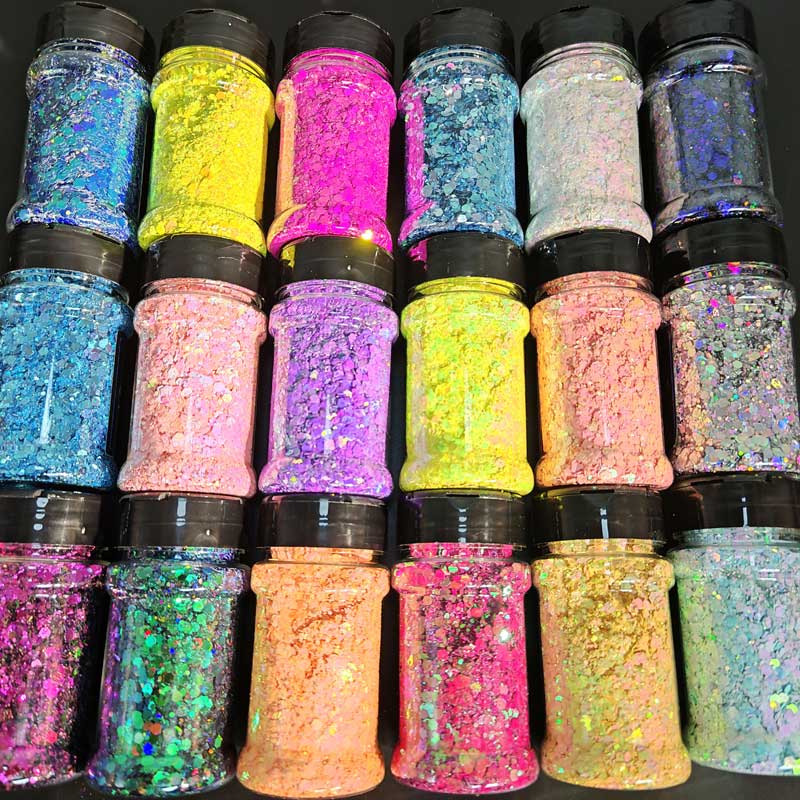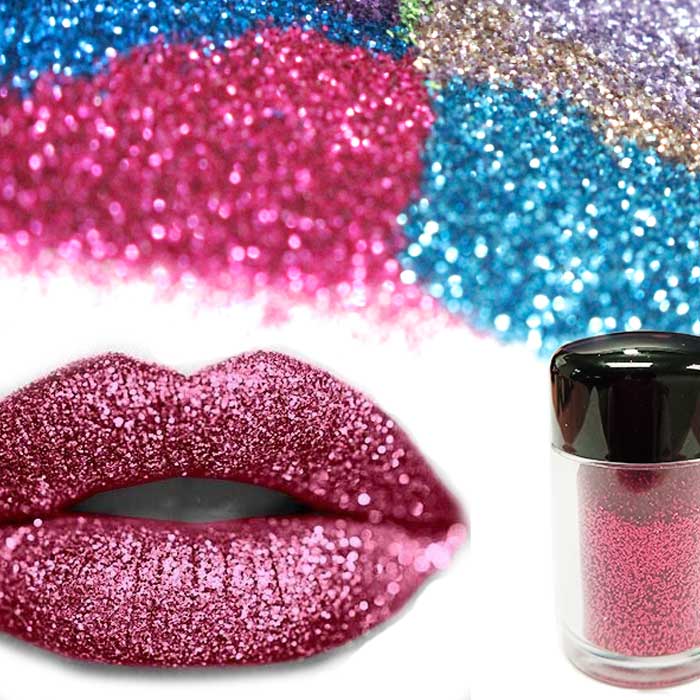Understanding Glitter Safety Standards: Cosmetic vs. General Use
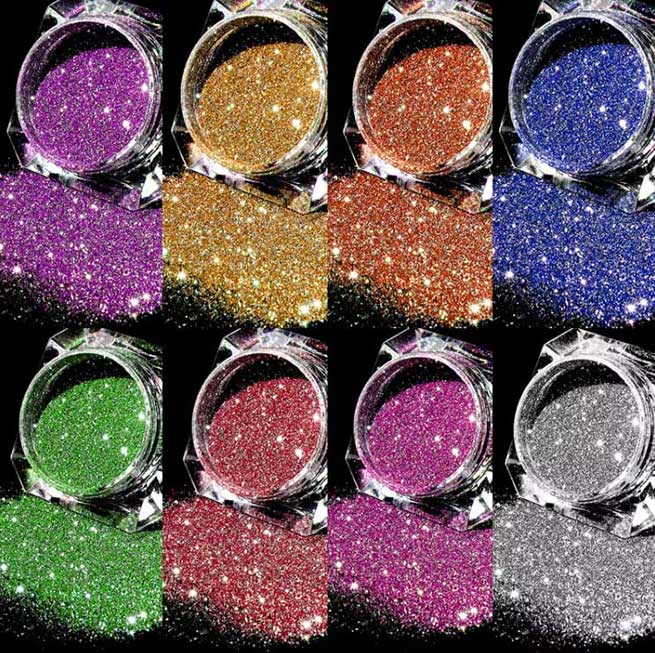
When a major European retailer recalled 20,000 glitter face kits in 2023 due to nickel contamination, it wasn’t just a financial blow – it exposed a critical industry blind spot: using craft-grade glitter in cosmetic applications. This costly mistake highlights why understanding glitter safety tiers isn’t optional; it’s existential for brands.
The 3 Regulatory Worlds of Glitter (And Where They Collide)
🧴 Cosmetic-Grade Glitter: Your Skin’s Bodyguard
Governed by FDA 21 CFR Part 70-82 (US) and EU Regulation 1223/2009, cosmetic glitter demands forensic-level scrutiny:
Particle size thresholds: Particles under 5μm are restricted in eye products
Heavy metal limits: Lead ≤ 0.1ppm, Arsenic ≤ 0.5ppm
Microbial testing: Mandatory 0 CFU/g for Pseudomonas aeruginosa
Ocular irritation studies: Required for eye-area products
Real-World Gap: Most "cosmetic" glitters fail EU’s nickel migration limits (≤0.2μg/cm²/week) because suppliers reuse industrial coatings.
🎨 General-Use Glitter: The Compliance Gray Zone
While ISO 8124-3 (toy safety) and REACH Annex XVII (EU chemicals) apply here:
Allows higher metal traces (e.g., lead ≤ 13.5ppm under CPSIA)
No mandatory biocompatibility tests
Often lacks batch-specific Certificates of Analysis (CoA)
⚠️ The Deadly Assumption: 78% of craft glitter suppliers label products as "non-toxic" – misleading users into believing they’re body-safe.
Side-by-Section: Cosmetic vs. General Glitter Compliance
| Criteria | Cosmetic Standard | General Use Standard |
|---|---|---|
| Purity Testing | Batch-specific CoA | Bulk material CoA |
| Metal Limits | 0.1ppm lead (FDA) | 13.5ppm lead (CPSIA) |
| Eye Safety | ISO 10993 Ocular Pass | Not required |
| Microbials | Sterile manufacturing | Sanitary conditions |
3-Step Compliance Action Plan
Demand Origin Proofs
For cosmetics: Valid FDA GMP registration + EU CPNP notification ID
For crafts: ISO 8124-3 test reports + REACH SVHC screening
Test Smarter
Run accelerated migration tests (simulating sweat/oil exposure)
Use XRF scanners for real-time metal detection at receipt
Document Relentlessly
Maintain Tech Dossiers with:
• Raw material SDS
• Coating composition proofs
• Third-party lab validations
🔎 Pro Tip: FDA’s Voluntary Cosmetic Registration Program (VCRP) isn’t mandatory – but participation strengthens liability defense during audits.
The Future: Tighter Rules on the Horizon
With California’s SB 574 targeting glitter microplastics by 2025 and EU’s SCHEER calling for stricter nano-particle controls, proactive compliance is now your competitive moat.
